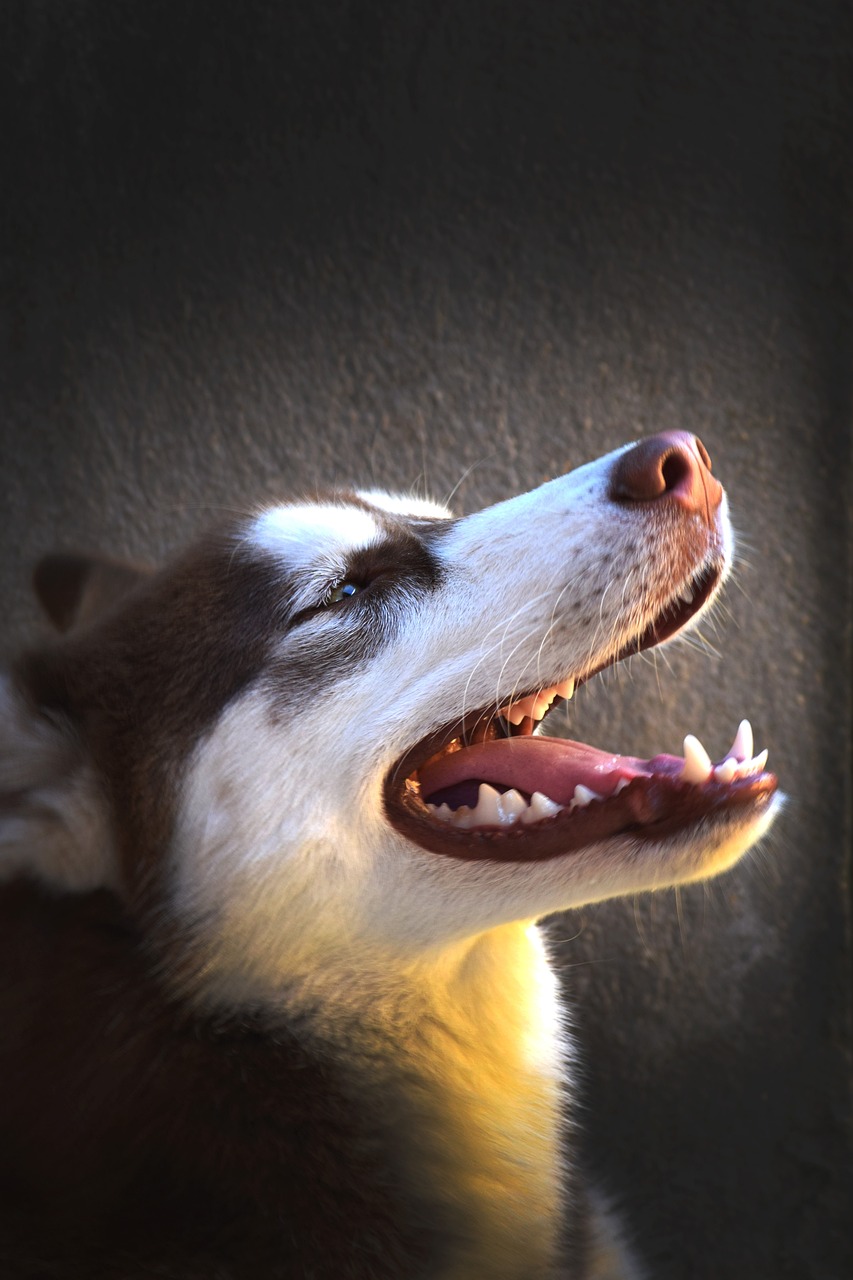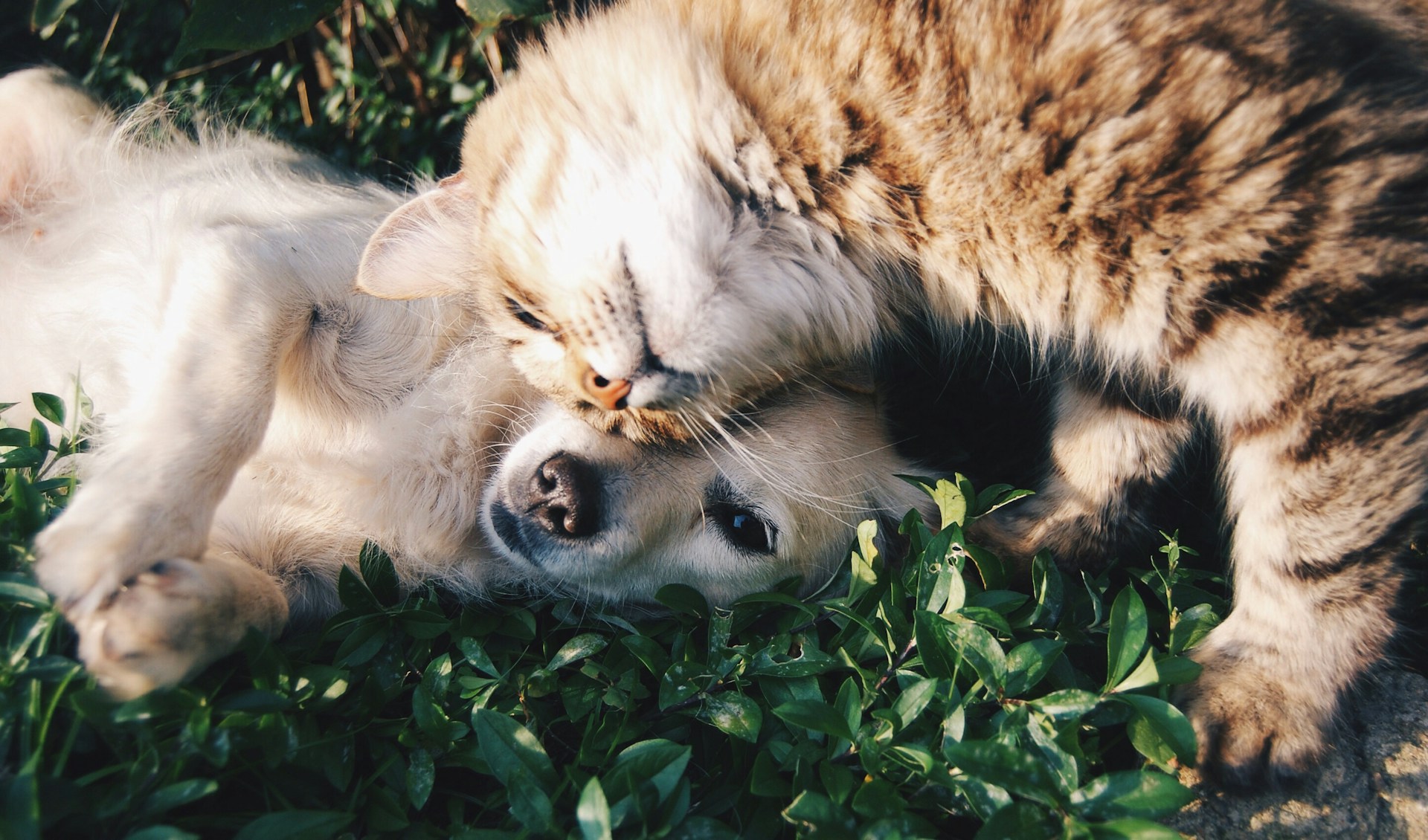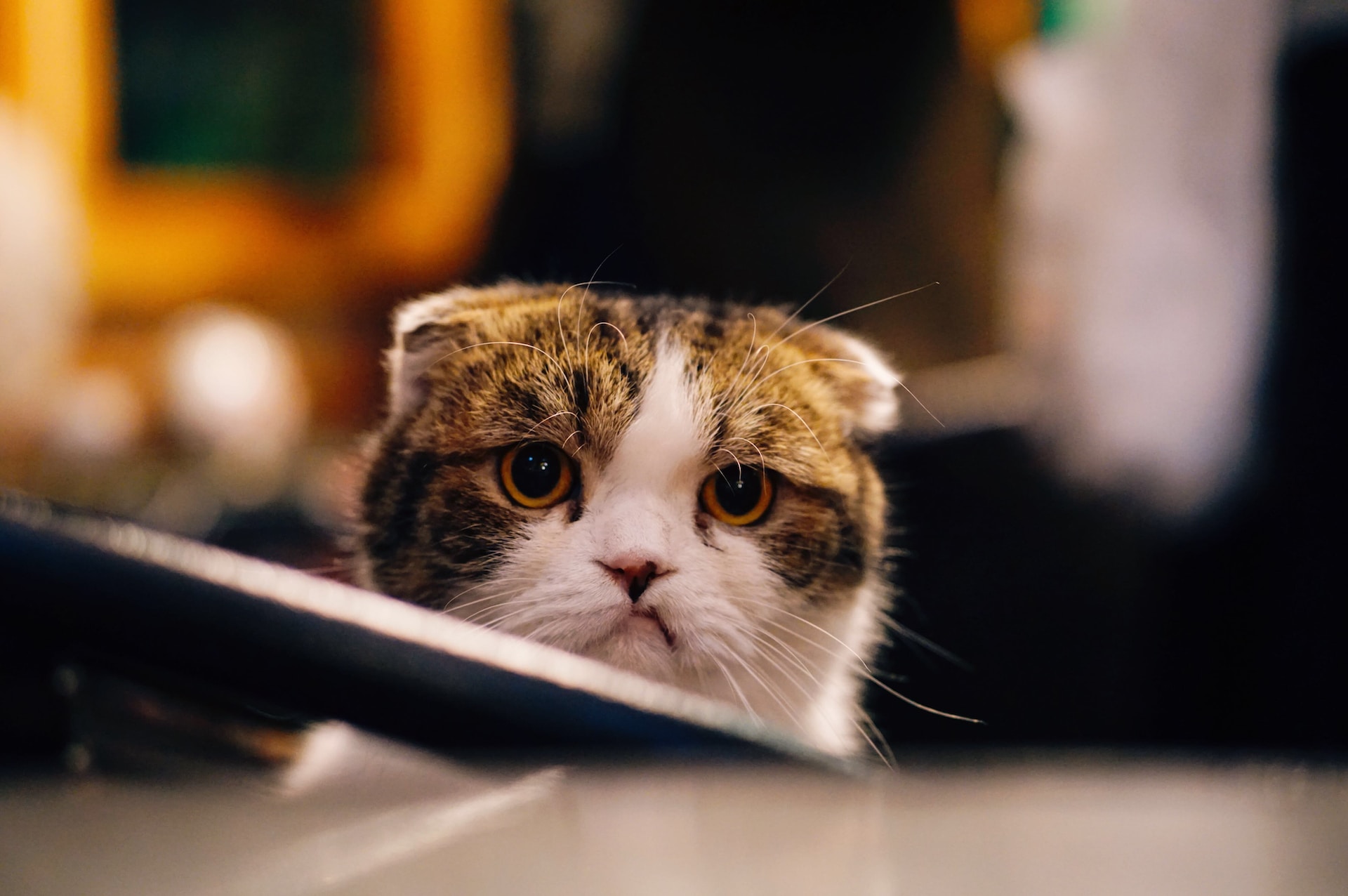How Oral Cysts are Diagnosed and Treated in Dogs
Oral cysts in dogs can vary in type and severity, but they're typically diagnosed and treated through a combination of clinical examination, imaging techniques, and sometimes biopsy. The most common cause for oral cysts in dogs is impacted teeth. These can be seen in any...











